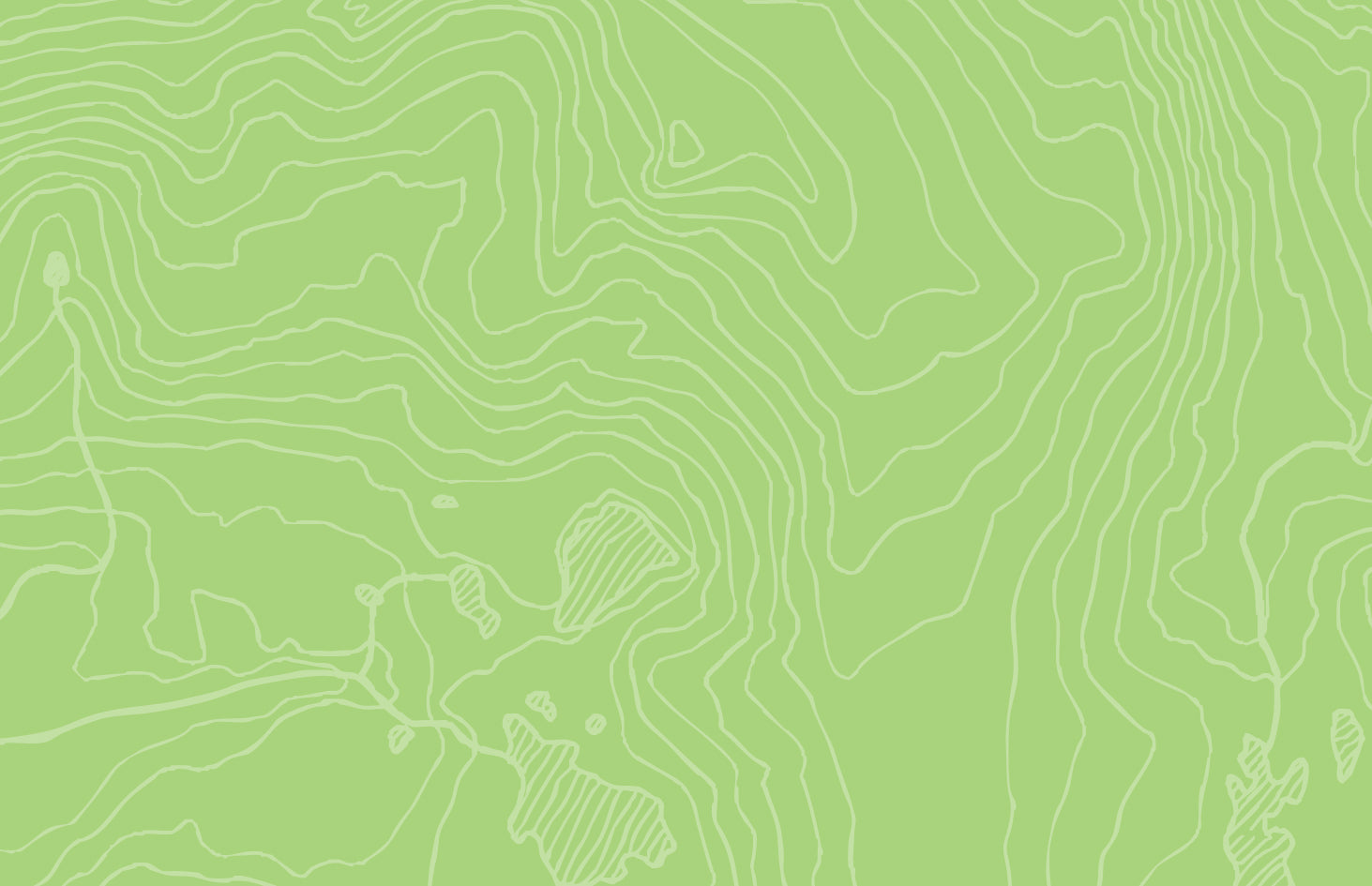Benefits of Minimalist Tabi Shoes
History of Tabi Footwear:
Tabi (or Jikatabi) are traditional Japanese footwear. Tabi literally translates to “foot bag.” Tabi shoes feature a split between the big toe and the rest of the toes to promote flexibility and provide extra security, comfort, and stability.

In ancient times, sandals were worn by strapping rope laces on a wood board, called “Tageta.” Over time, the Japanese started wearing sandals made of weaved hay straw, called “Zori.”



To keep the feet warm during the cold winter months, the Japanese created Tabi socks from leather. When cotton farming became widespread, cotton tabi socks gained popularity both for protection from the cold, and as a part of formal wear. In order to keep the sandals and socks securely on the feet, the shape of the Tabi features a split between the first two toes.
Marugo Company was established in 1919 to begin production of Tabi shoes, merging the ancient Tabi design with the new introduction of rubber into Japanese manufacturing. Marugo combined traditional Tabis with rubber to create this new product called Jikatabi.


Marugo takes the ancient Tabi design and gives it a modern twist–with the end result being a foot-friendly minimalist shoe which can strengthen the feet, reduce foot pain, and enhance athletic performance.
Athletes who depend on accurate biofeedback from the ground for balance and performance admire that Marugo hi-toe shoes are lightweight and promote the three points of contact–the heel, the big toe, and the pinky toe. This is why Charlie Merrill, Physical Therapist and Performance Advocate, encourages his clients to transition to hi-toe tabi shoes.
"Foot pain is on the rise, and weak, sedentary, uncoordinated feet are part of the reason why.
The Japanese consider the feet to be a separate entity from the rest of the body–they consider it an appendage with special guest status that must be treated with care and respect. They invented the split-toe shoe, which dates back to ancient times. The Samurai, and later martial artists, prefer them for their agile and active feel.
In modern times, the shoes have been adopted by the working class, including laborers and landscapers who spend a ton of active time on their feet, as they are the most functional and comfortable shoe to wear day-in and day-out." –Charlie Merrill, MSPT
Internal research done by the Marugo Tabi Company of Japan demonstrated a 30% increase in measured toe strength (Kg) after only 1 month of wearing minimalist tabi shoes. The tabi split toe design allows for enhanced mobility and lateral gripping of the toes.
Of all the enclosed footwear we have tested at Earth Runners, no design has tested higher in overall foot health, freedom and functionality than the ancient tabi shoe design.
Further research done at Marugo found that measured data related to dynamic balance, through improvement in the ability to to adjust standing posture, it was found that fall prevention is possible.
Want to increase your dynamic balance and keep your stability strong as you age? Minimize the interference between your feet and the ground to allow for a more accurate response and coordination to the complexity of dynamic balance.


Each foot has 26 bones, 33 joints, and over 100 dedicated muscles, tendons, and ligaments. Like any body part, if you put your feet in a brace, they will weaken over time. When you put your feet in modern shoes–which are more akin to stiff foot boxes–you rob your feet of the diverse range of natural movement they are designed to experience.
We at Earth Runners are big proponents of foot and toe freedom. It's why we do what we do. Flexible soles, free toes, lateral toe gripping and earth-connection are all important parts of healthy and articulate feet, which results in healthy physiology upstream.






